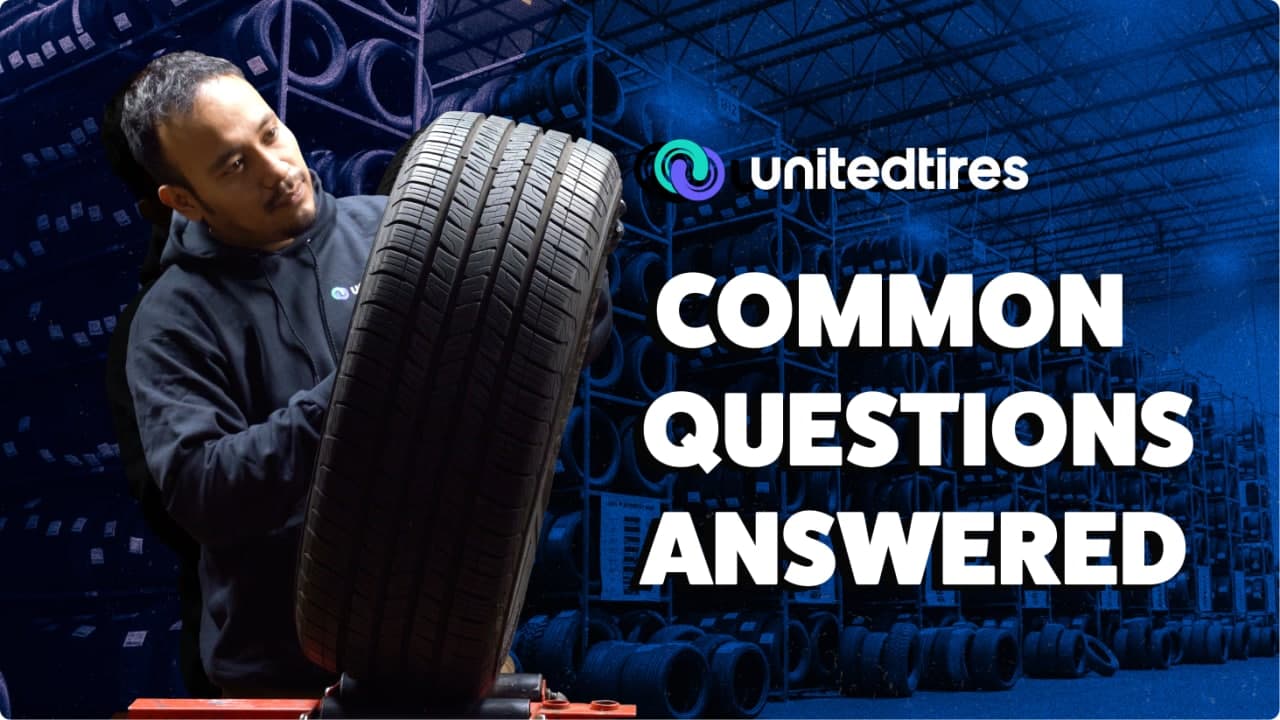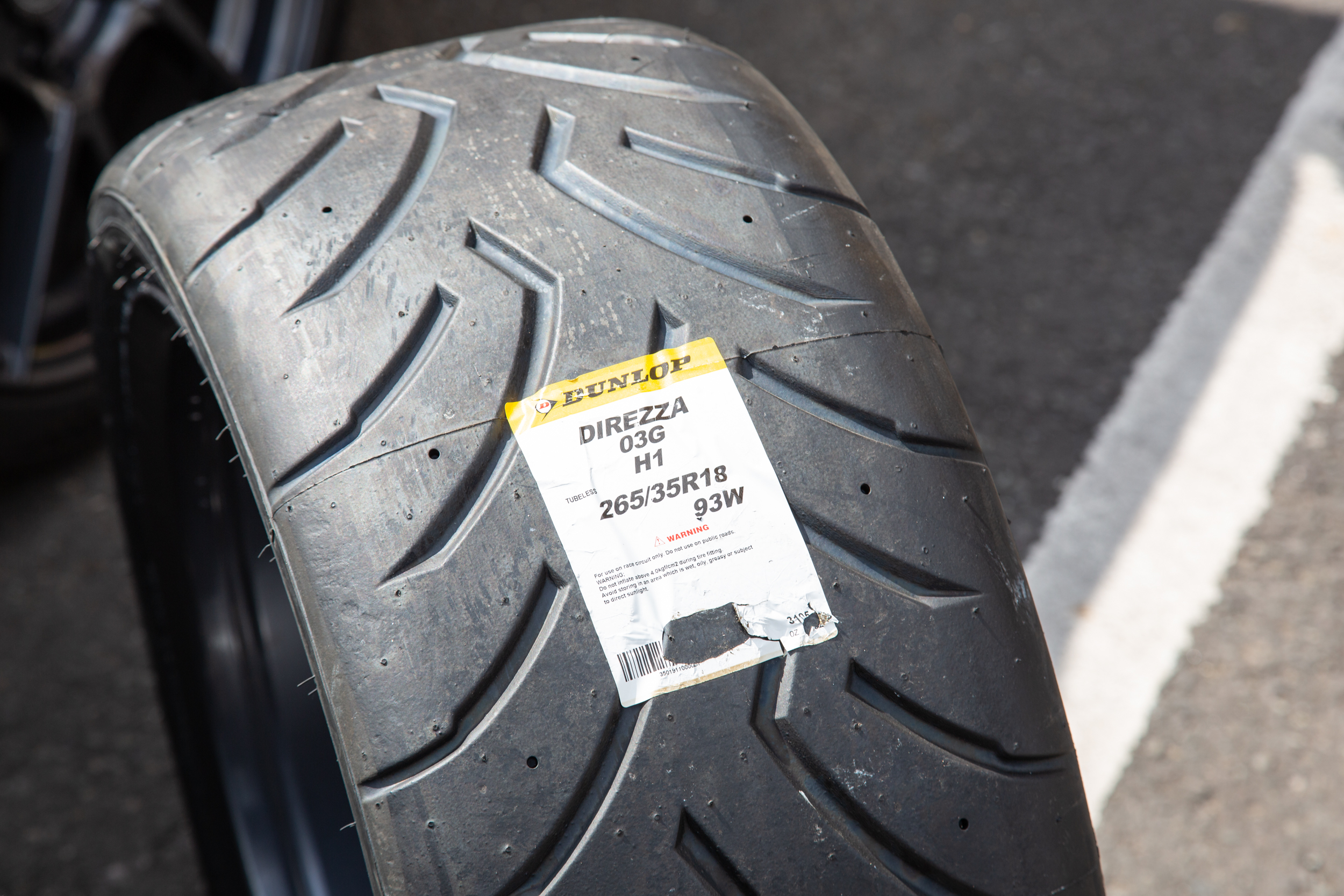All Categories
Featured
Table of Contents
The Michelin used a comfortable driving experience, characterised by responsive guiding and a progressive understeer equilibrium. Despite the cooler screening conditions, Michelin's regular time and hold over three laps shows its viability for real-world applications. Alternatively, Yokohama's efficiency was unique. While its super-quick guiding caused a fast front axle turn, the back revealed a propensity to turn much more.
The tyre's initial lap was a second slower than the second, pointing to a temperature-related hold increase. For daily usage, the Michelin may be a more secure bet.
Tyres Near Me
It shared Michelin's safe understeer balance yet did not have the latter's willingness to transform. Continental and Goodyear's efficiencies were significant, with Continental's brand-new PremiumContact 7 revealing a significant enhancement in damp problems contrasted to its predecessor, the PC6. This model was far less sensitive to pack modifications and acted similar to the Michelin, albeit with somewhat less communication at the limitation.
It combined the secure understeer balance of the Michelin and Continental with some flashy handling, verifying both predictable and fast. As an all-rounder for this Golf GTI, Goodyear's Uneven array was the standout, demonstrating remarkable performance in the wet. The Bridgestone Potenza Sporting activity took the crown as the fastest tyre, albeit by a tiny margin.
Drivers seeking an amazing damp drive could find this tire worth taking into consideration. The standout entertainer in damp braking was the latest tire on test, the PremiumContact 7, though the outcomes are nuanced.
Top Car Tyre Fitting
Ideally, we wanted the cold temperature examination to be at around 5-7C, but logistical hold-ups implied we checked with an ordinary air temperature of 8C and water at 12C. While this was cooler than typical examination problems, it was still warmer than real-world problems. The cozy temperature level test was done at an average of 18C air and 19C water.
The third run entailed wet braking tests on used tyres, especially those machined down to 2mm with a little encounter. While we intended to do even more with these used tires, climate restrictions restricted our testing. Nevertheless, it deserves noting that wet braking is most important at the used state, as tires generally enhance in dry problems as they put on.

Bridgestone, Goodyear, and Michelin saw the least efficiency decrease when put on. The Hankook tire signed up the smallest performance decline as temperatures cooled, yet it was amongst the most affected when used.
High-quality Tyres
The take-home message below is that no single tire stood out in all aspects of wet braking, suggesting a complex interplay of elements affecting tyre performance under different conditions. There was a standout tyre in aquaplaning, the Continental ended up top in both straight and bent aquaplaning, with the Michelin and Goodyear likewise excellent in much deeper water.

Yokohama can profit from somewhat more grip, a concern potentially affected by the colder conditions. As for handling, all tires carried out within a 2% variety on the lap, demonstrating their high-quality performance (Tyre balancing). Nevertheless, taking into consideration these tyres basically target the very same consumer, it interests observe the considerable distinctions in feel.
The shock is due to the fact that the PremiumContact 6 was among my favourites for flashy dry drives, however its follower, the PremiumContact 7, seems more mature and appears like Michelin's performance. Amongst these, Hankook was the least specific in guiding and communication at the restriction. Tyre packages. Both Michelin and Continental provided wonderful first steering, albeit not the fastest
If I were to recommend a tyre for a fast lap to a beginner, state my papa, it would be one of these. Then we have the 'fun' tires, specifically Yokohama and Bridgestone. Both were swift to guide and felt sportier than the others, yet the compromise is a much more spirited back end, making them a lot more challenging to take care of.
Reliable Low-cost Tyres Near Me – Landsdale
It gave comparable steering to Bridgestone however supplied much better feedback at the restriction and far better hold. The Bridgestone Potenza Sport, nevertheless, seemed to break down fairly swiftly after simply three laps on this demanding circuit. Last but not least, there's Goodyear, which placed itself somewhere in between the enjoyable tyres and those tending in the direction of understeer.
Overall, these tyres are exceptional entertainers. For road usage, I would certainly lean in the direction of either the Michelin or Goodyear, relying on your certain choices. In terms of tyre wear, the technique made use of in this examination is what the market refers to as the 'gold requirement' of wear. The wear experts at Dekra performed this test, which entailed a convoy of autos going across a very carefully intended path for 12,000 kilometres.
Both the Bridgestone and Yokohama tires considerably underperformed in contrast to the various other 4 tyres in terms of rolling resistance, with Continental somewhat exceeding the rest. Relating to the convenience degree of the tyres, as expected, most demonstrated an inverse correlation with handling. The Continental, Michelin, and Goodyear tires carried out best across different surface area kinds checked.

Bridgestone began to reveal indications of suppleness, while Yokohama was particularly rough over gaps. We did determine inner sound degrees; nonetheless, as is frequently the case, the outcomes were carefully matched, and due to weather constraints, we were unable to carry out a subjective analysis of the tyres noise. We looked at abrasion figures, which gauge the quantity of tyre walk shed per kilometre, normalised to a one-tonne automobile.
Tyre Inspections – Landsdale WA
This figure stands for the quantity of rubber dust your tyres generate while driving. Michelin led in this group, producing over 9% less rubber particulate matter.
Latest Posts
Tyre Warranty Near Me – Swan
Trusted Tyre Installation Near Me
Trusted Tyre Tuning Near Me ( Swan 6055 WA)